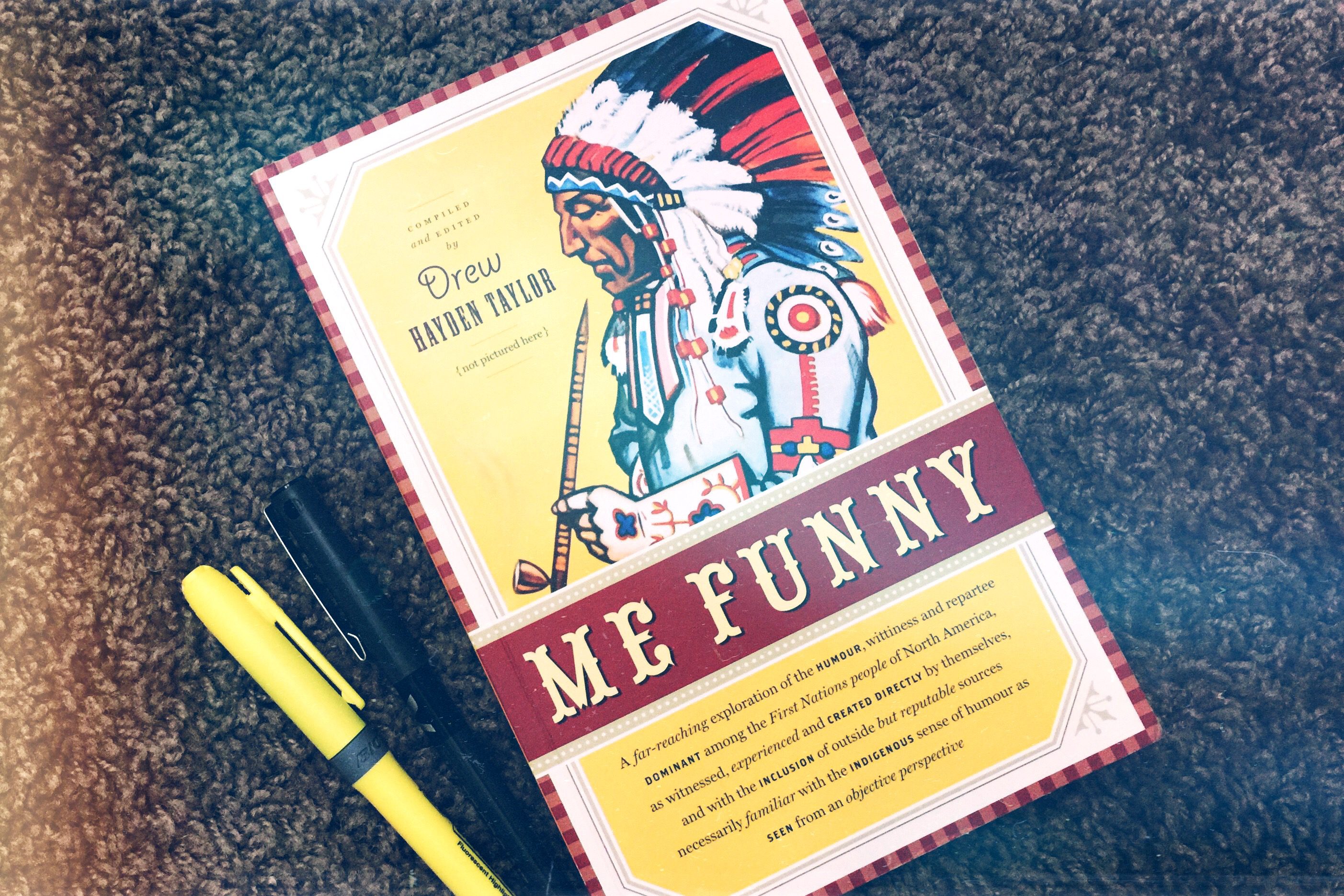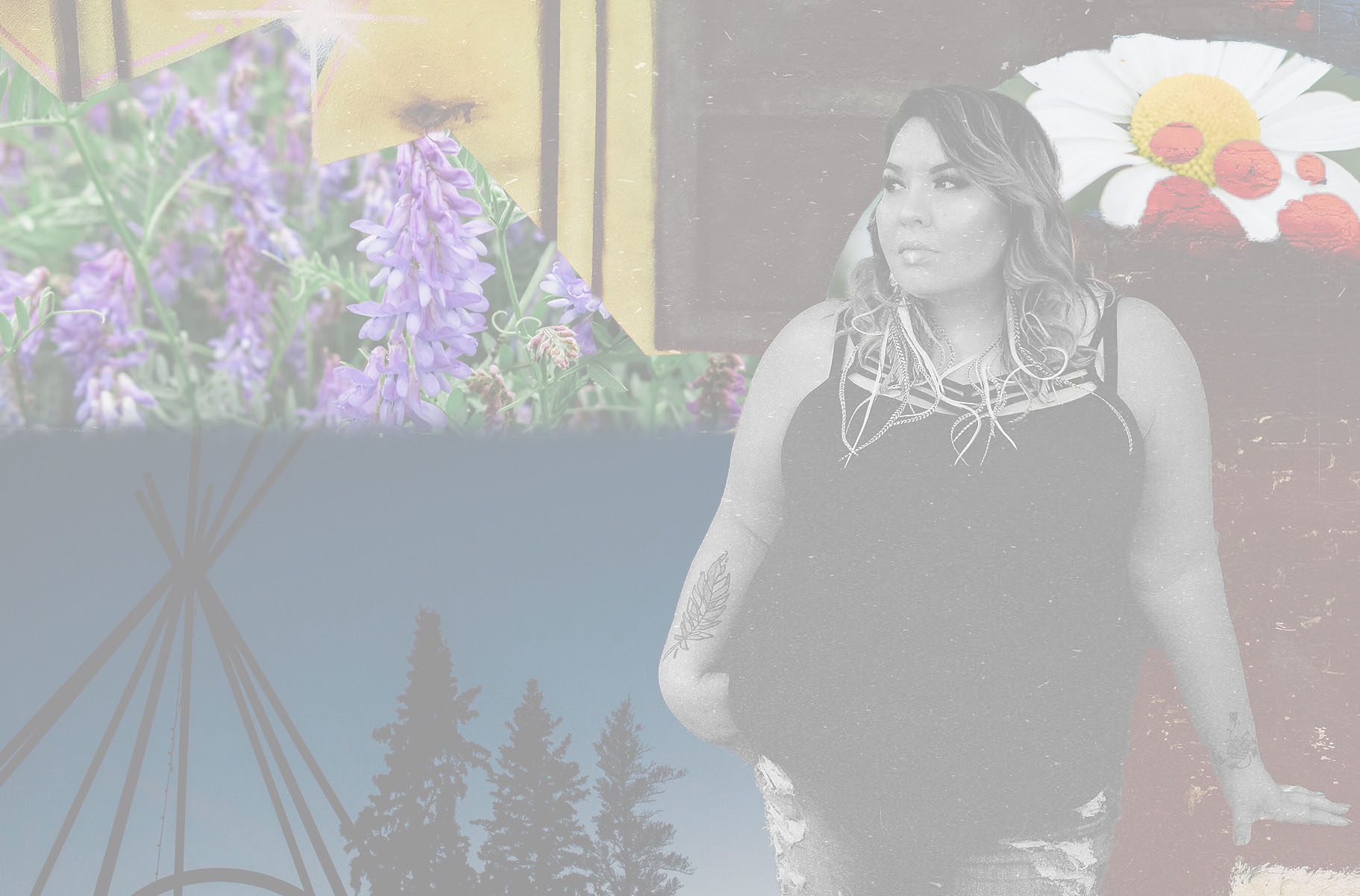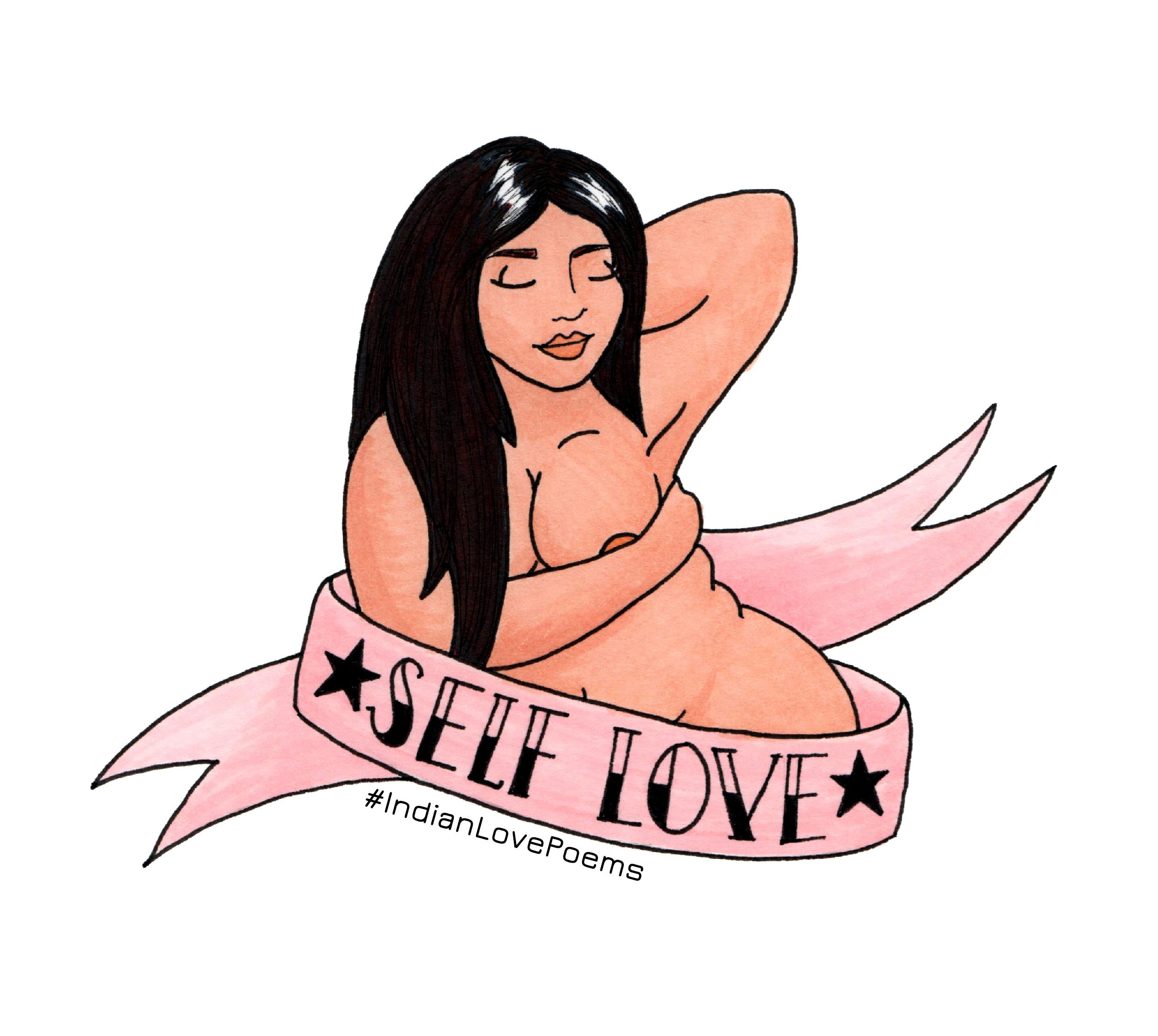
Intro – D. Taylor
“Humour requires intelligence. It calls for the ability to take in information, deconstruct it and reconstruct it in a new, improved, refined format. … Humour also requires surprise” (3).
“You may agree with some of that. You may disagree instead. I don’t care – you’ve already bought the book” (3).
—
Teasing, Tolerating, Teaching: Laughter and Community in Native Literature (p.23) – Dr. Kristina Fagan
“…to read Aboriginal humour only in terms of its relationship to white society is limiting” (24)
Thesis: “I explore how several Aboriginal authors depict the social functions of humour within Aboriginal communities” (25)
- “humour is deeply social; a shared laugh is an affirmation of norms, attitudes and assumptions in common … … these functions can have a problematic side, sometimes leaving people feeling excluded or humiliated” (25)
- “Native writers also use humour not only to shore up community but also to problematize and complicate it” (25)
Elders as a tool to communicate humour, and humour as a mean of coping (26)
- farewell (Ian Ross) uses a character called “Nigger” as a means of community physical comedy, Honour the Sun (Ruby Slipperjack) the Town Joker makes people laugh through their tragedy and transformations – both as community teachers, even though they never actually offer advice.
Humour/jokes as away of teaching but never directly interpreted (30)
- “keeping with traditional Native educational practices, which generally discourage direct instruction as inappropriate interference” (30)
- “There are usually many possible ‘lessons’ condensed in a joke, none of which represent the lesson” (31)
Humour as a complex learning tool (32)
- Louise Halfe’s Bear Bones and Feathers/Gregory Scofield’s I Knew Two Metis Women: elder woman as laughable, relatable women who use their lives experiences as teachings
- Scofield’s aunts stories go from lighthearted and hard to a darker underbelly, beating up women in bars and talking about violence casually – “there is no clear moral lesson in her jokes, but rather moral dilemmas that push in various directions” (33)
- Halfe uses the collection to “celebrate women’s comfort with their own bodies, a comfort here embodied in the speaker’s mother” (34) but even in the poem, the mother is snide about women who wear makeup, like blue eyeshadow and red lips, even as she has blue and black eyes and red lips from being hit.
- Tomson Highway Kiss of the Fur Queen’s Maggie-the-Fox says that we cry and laugh and we get over it, we don’t waste time crying around about it (35) but her character is also associated as a warning as she is often seen fleetingly with the woman characters throughout the novel who appear drunk or abused
Humour can be used to coercion people (36)
- teasing used as a way to have people behave in the norm
- the story of Paul in Jean-Guy Goulet’s Dene Tha: Ways of Knowing – Paul’s spirit was recognized as a reincarnation of a woman, and he was teased by the community as he could be gay, and was pushed into having sex with a female to prove his masculinity (37)
- Marilyn Dumont in her poem Fireflies says that “the speaker’s elders use laughter to pressure her into finding a man and taking on her ‘proper’ heterosexual role” (37)
Review
- “in every case, humour in entwined with and implicated in violence and ridicule” (41) yet most of these stories still show “a warm image of Native families and communities talking and laughing together” (41)
- “I would argue that humour allows the writers to reflect on and examine the process of community building” (43)
- Humour allows these writers to critically comment on their communities in a blanked and affirming way
—
Whacking the Funny Bone: Political Correctness vs. Native Humour, Round One (p.67) – D. Taylor
Thesis: “it’s my observation that Native humour often crosses the tenuous and ambiguous boundary between the politically correct and the politically incorrect” (69)
Native humour comes from colonization and oppression (69)
- “Humour kept us sane. It gave us power. It gave us privacy.” (69)
- humour is a reaction against a world that hurts us, deliberately, and allows us to reach for community and healing no matter where we are
However, political correctness “has evolved into a rigid construct withs specific boundaries and rules” (70) and when Indigenous humour (often at someone’s expense, pointing out someone’s difference) meets PC, things get complicated.
The explanation of Political Correctness (71) is a framework of power/a graph, and while the minorities on the bottom of this power paradigm can make fun of the greater white colony on top, it is not okay for whites to make these kind of jokes about minorities. This also applies to sexism (men can be sexist, women cannot) and racism (white can be racist, minorities cannot, but we can be prejudice). After all this, the author states “I’m not sure if I completely agree with the hypothesis this pyramid presents, but I’ll save that discussion for another day” (73).
Spheres of knowledge and Cultural Appropriation. “It can be argued that you should write only about something within your own sphere of knowledge” (74) and that ideal can be applied to humour – only make fun of your own people, but if a white person knows about Indigenous identity, then they can, theoretically, make native jokes*
*I would argue not, as having knowledge about Indigenous identity doesn’t make you Indian, and in fact, showcases your privilege that you are able to joke about ideas of Indigenous-isms and not be culturally/politically/ economically/educationally impacted by these “jokes” /truths of Indigenous life…
Anyways. Native humour has two primary characteristics (74)
- self-deprecatory
- makes fun of the dominant culture
Final words:
We can be offended, or we can amused. He chooses to be amused.
Buy the book: Me Funny


